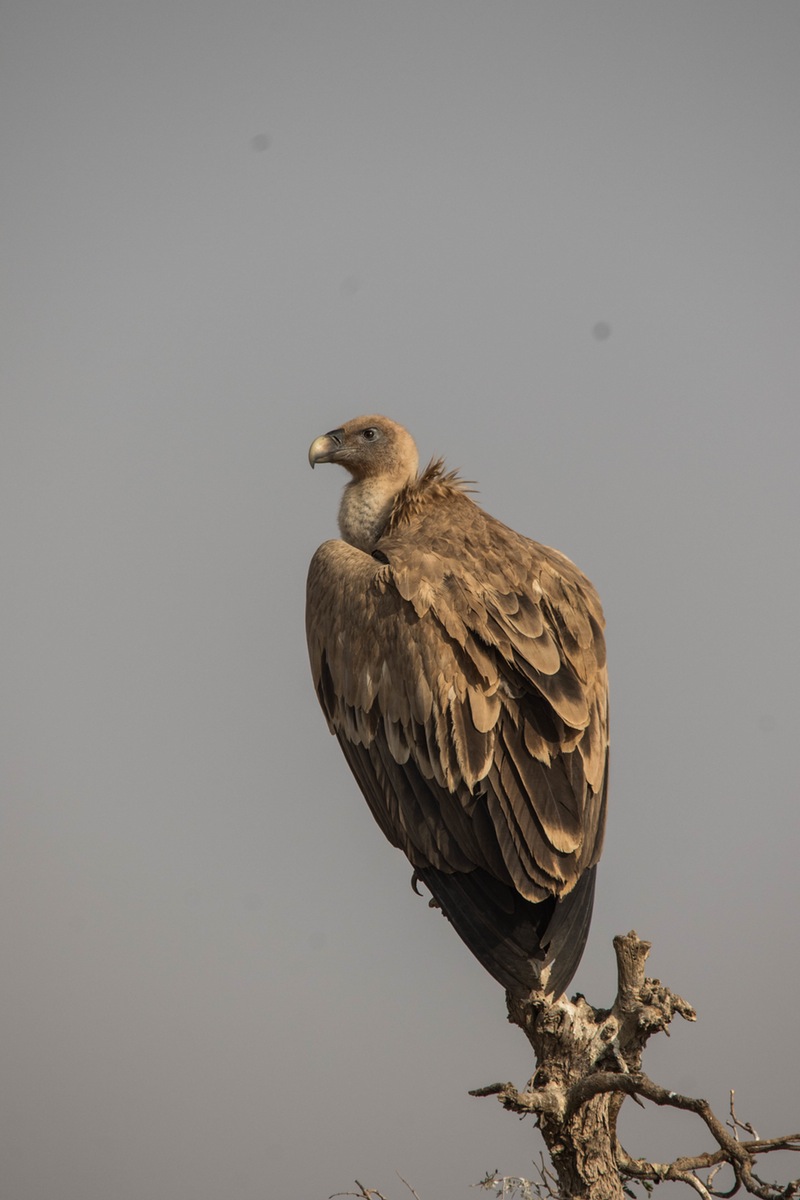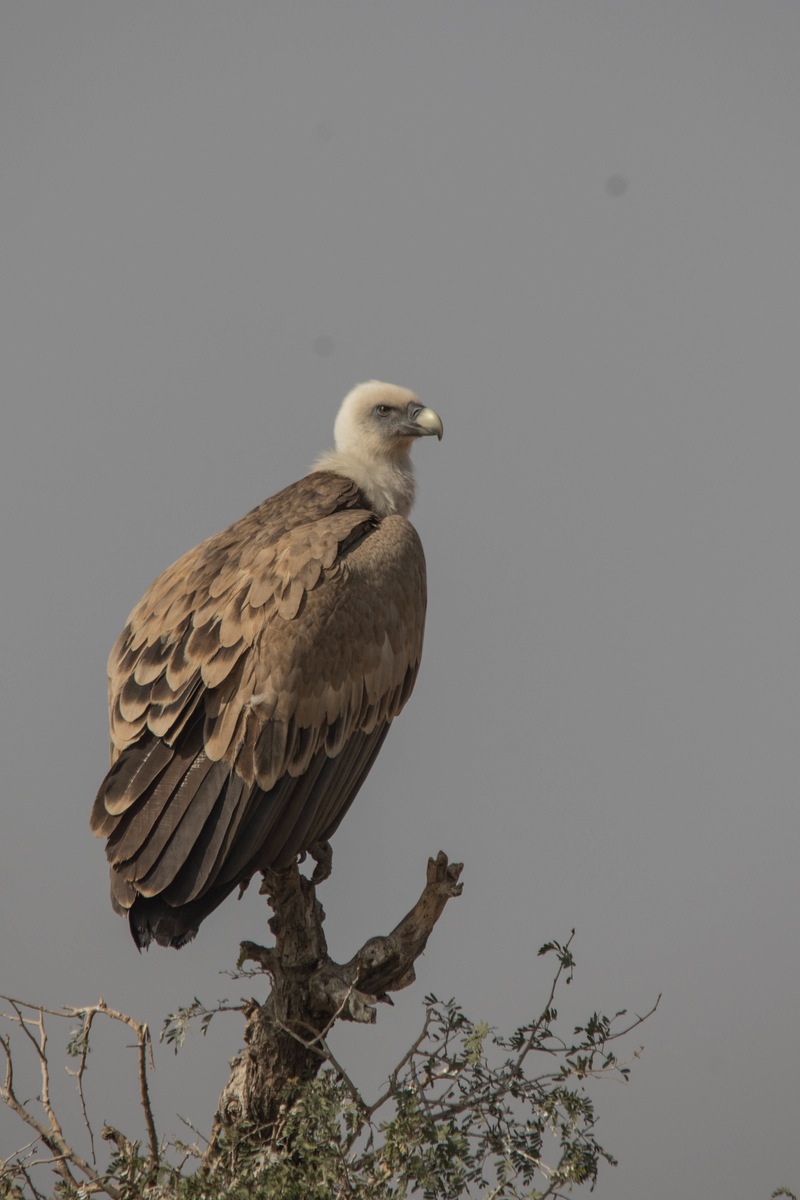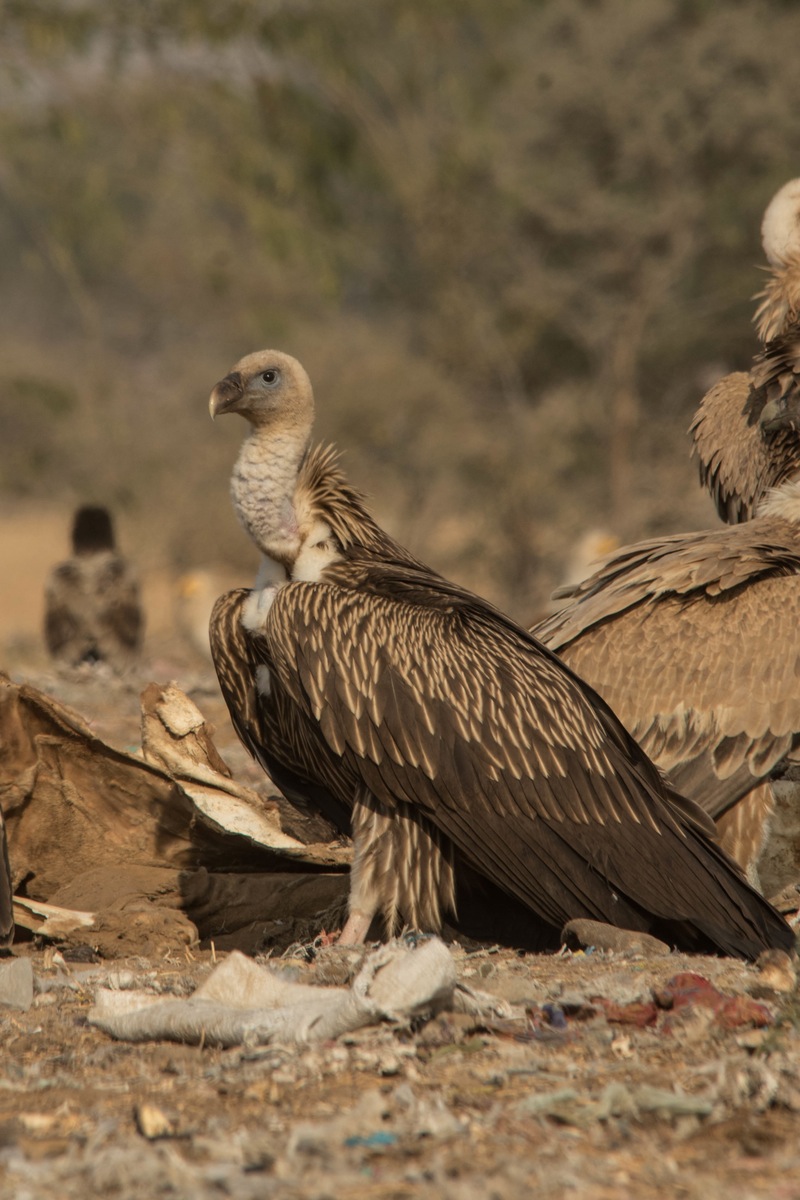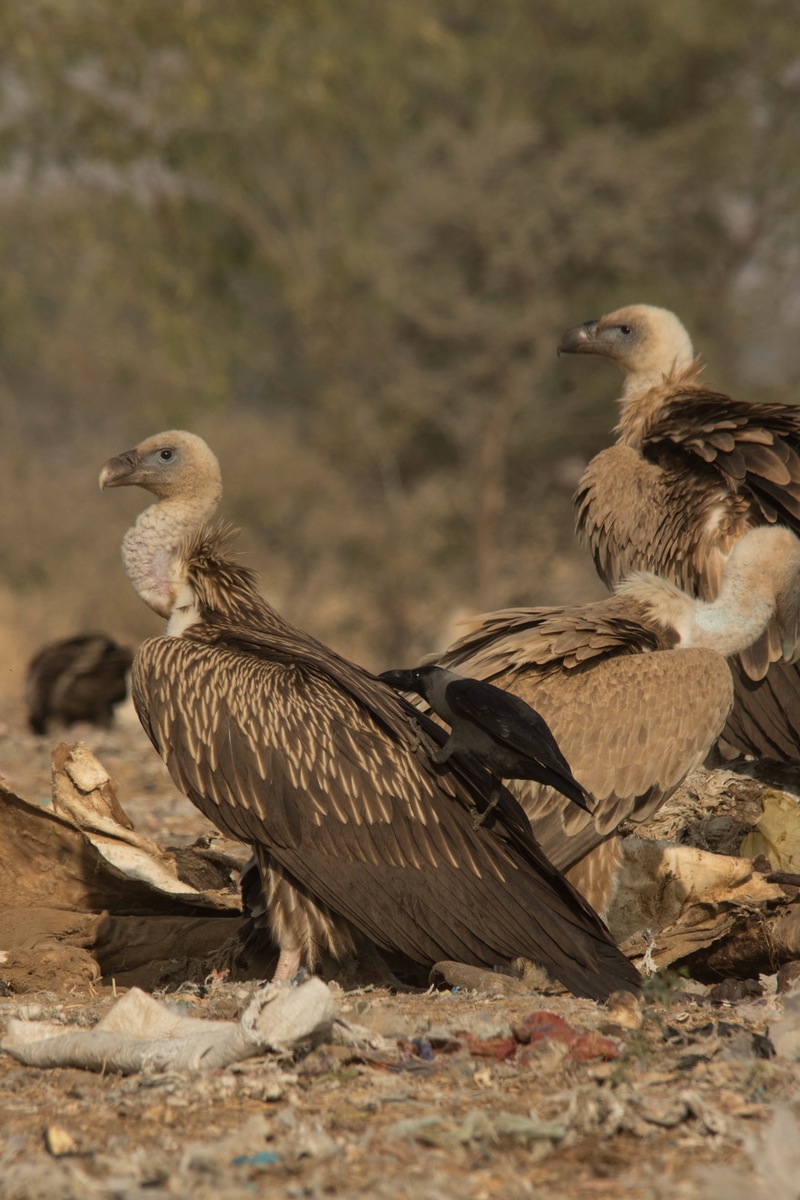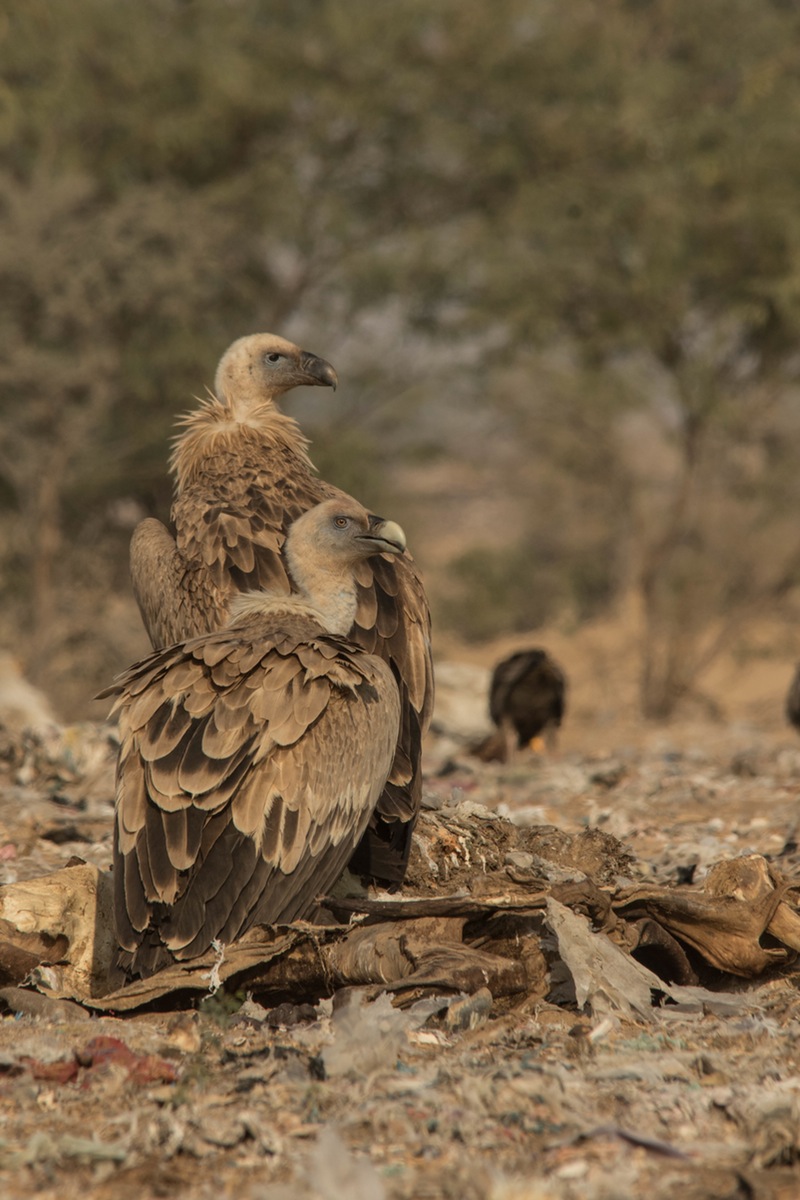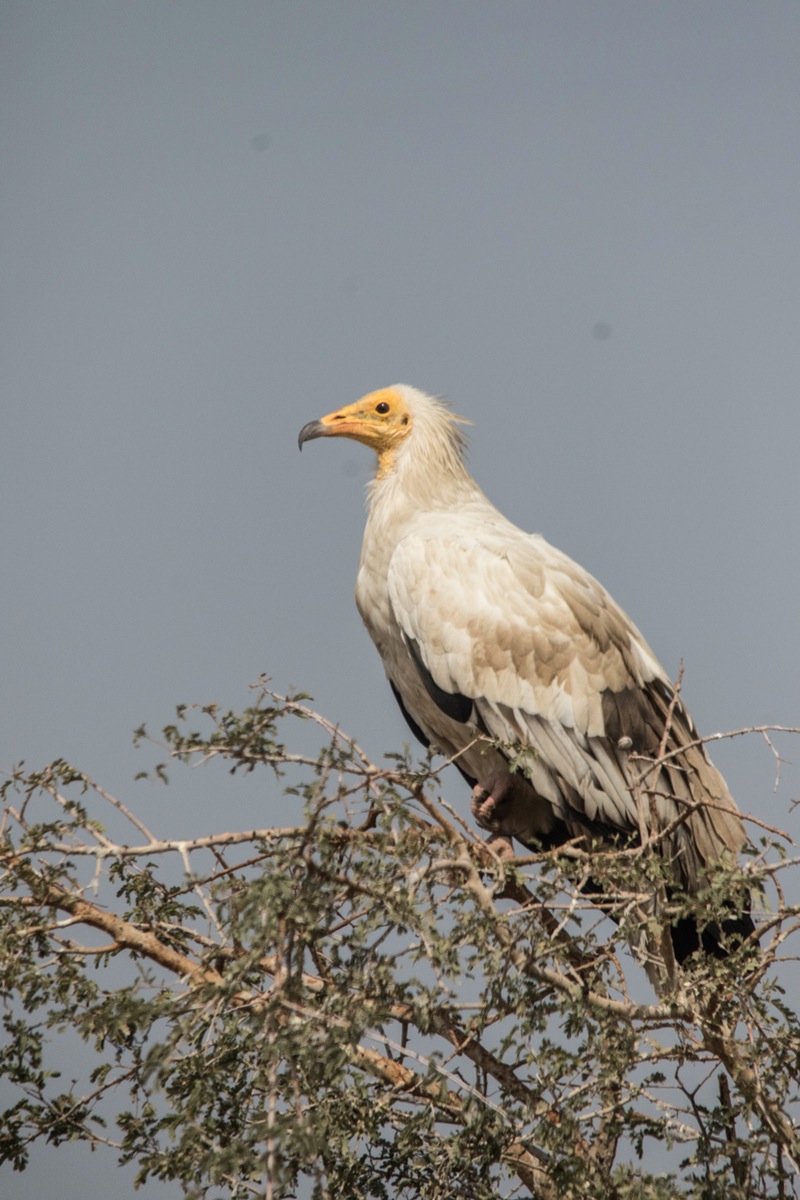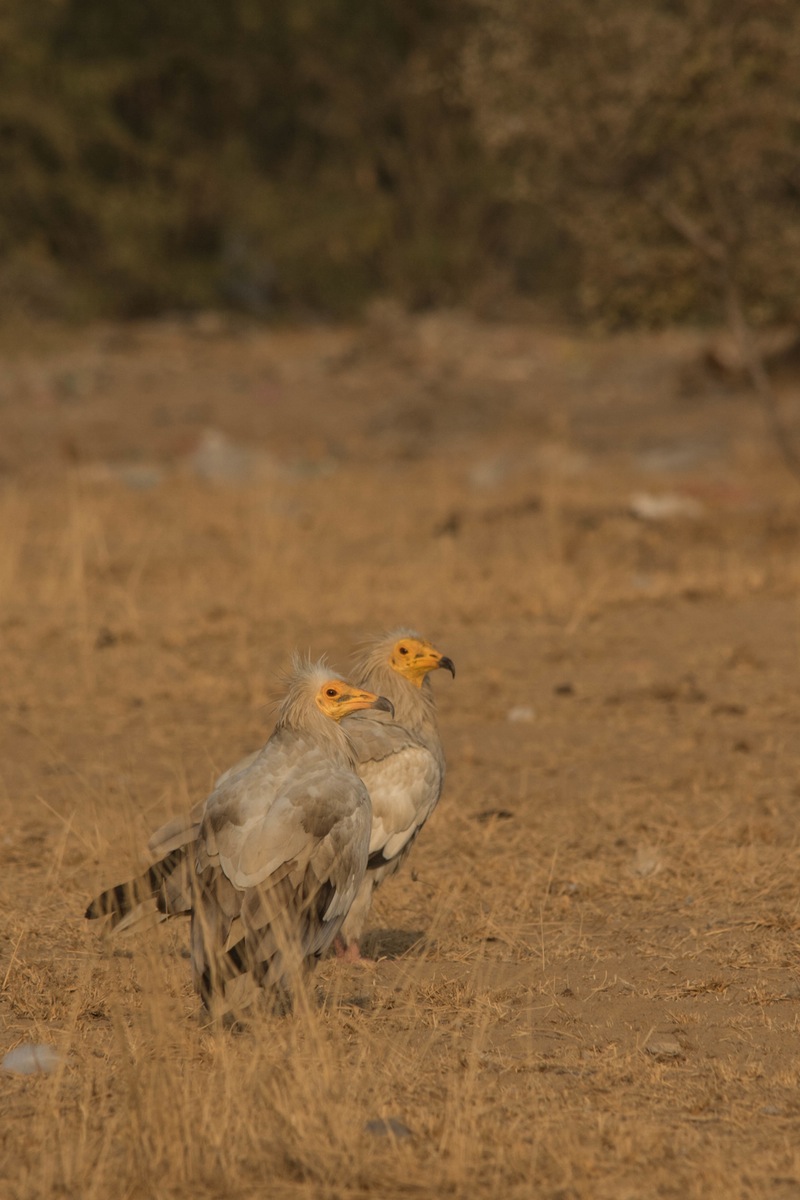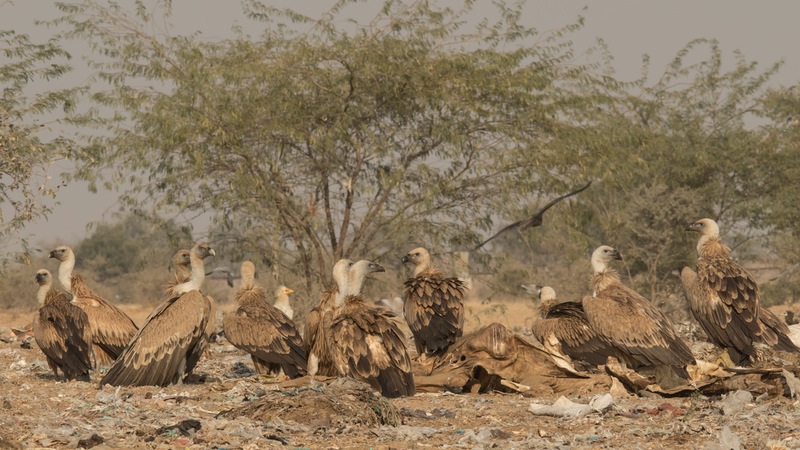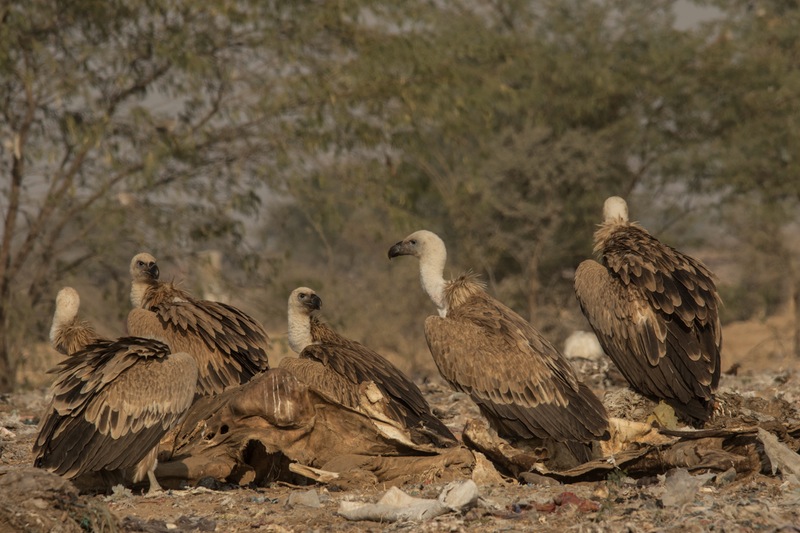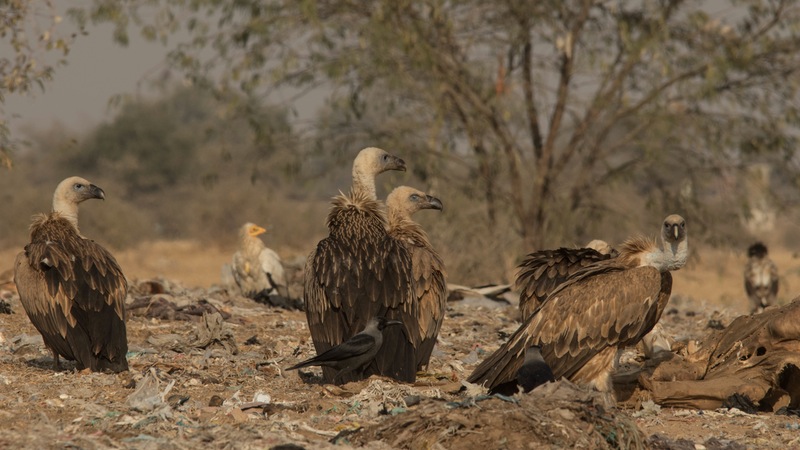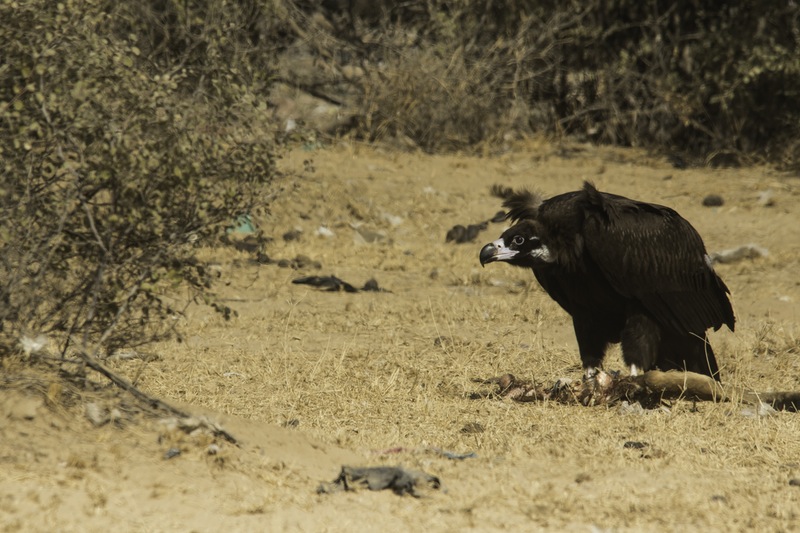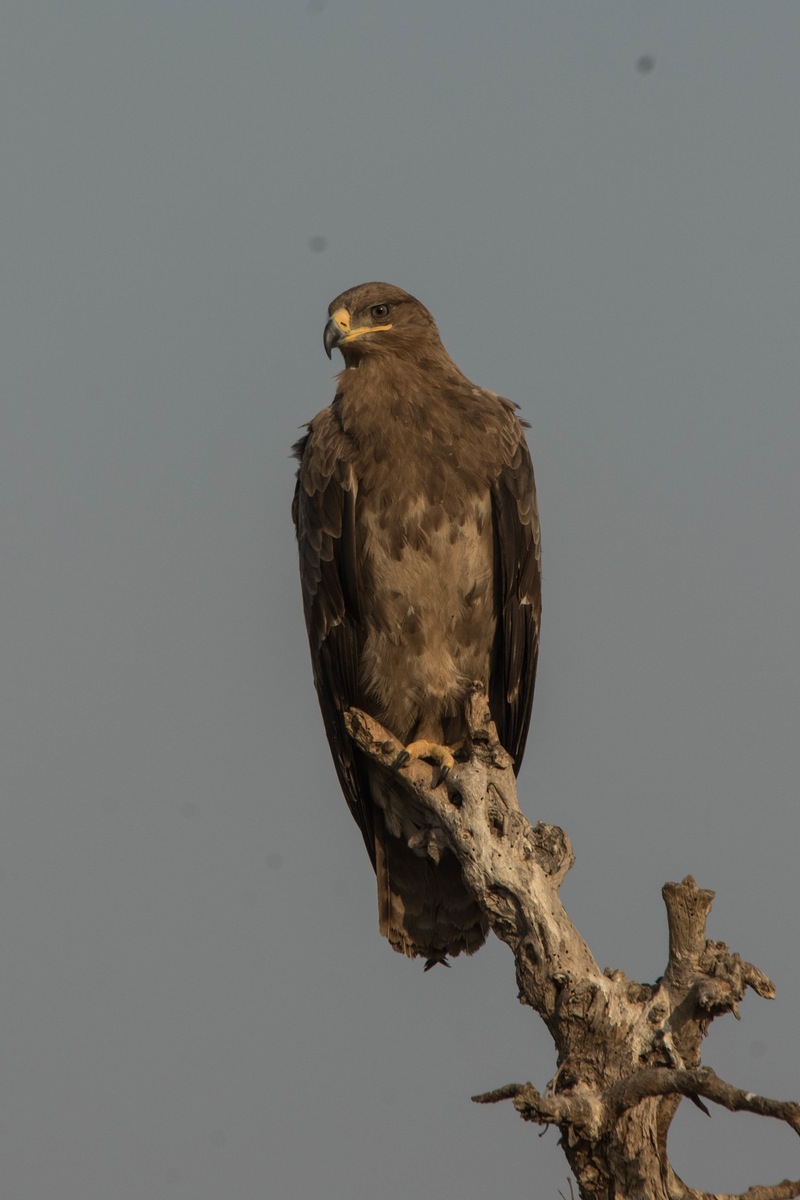Vultures also called as Giddh are one of the nature's special creation whose purpose is to clean or scavenge the carcasses from the environment. They are the nature's best creation for this job. Though there are others who do similar job, vultures do this more efficiently! Eight types of vultures are seen in different parts of India .
Once residing across India, some of the species of vultures have now seen reduction to the tune of 90% or more due to death by diclofenac drug which is used as pain killers in veterinary animals. The carcass of these animals when eaten by vultures, causes their death due to kidney failure. Due to extensive education and ban on use of veterinary diclofenac, the vulture population is observing a small growth, but overall the status is still under endangered levels.
JORBEER-IMPORTANT VULTURE AREA
Jorbeer is a outskirts area in Bikaner town known for its livestock carcass dump. Around this area is seen huge congregation of Vultures. I had heard about this place from my friend Vinodh but never got a chance to visit in last two years. This year during long weekend of Republic day, I got an opportunity to visit the place. Our trip was planned for Tal-Chappar and Jorbeer, but as was my luck this season, Tal-Chappar went for a toss due to fog in Northern Part of India. Even at Jorbeer, we had constant morning fog and could go to dump area only after 12 Noon. Since being my first trip, the area was very new to me, but my trip leader said this year sightings and congregation have reduced and it is not what it used to be earlier. I am looking forward for doing this entire trip again in a next season (hoping that this time fog won't be of a much issue!), and now here I am trying to put together what we sighted during the trip.
Once a open area with no control, currently, this area has been provided 'protection' status by Forest Department. There is also vehicle tracks made so that people don’t off road causes lots of disturbance to the birds. In a small area with so many vultures, it is hardly needed to off road when so many of them sit on either side of road.
Jorbeer in itself is not just Vulture alone. It supports different grassland and shrub land habitat birds (check ebird list). The Surprise for me this time is Shaker Falcon(Falco cherrug cherrug) and a lifer for me!
PORTRAITS OF EURASIAN AND HIMALAYAN GRIFFON
Eurasian Griffon (Gyps fulvus) and Himalayan Griffon (Gyps himalayensis) are similar looking vultures. Eurasian Griffon is seen across Eurasian Region (Europe, Asia and Northern Africa), whereas Himalayan Griffon is a species seen mainly in Northern Indian belt and Himalayan belt in other countries. Himalayan Griffon was once sub-species of Eurasian Griffon. Currently Himalayan Griffon is categorized as 'Near Threatened' by IUCN. When they sit together it is sometimes very difficult to differentiate each other. Most Griffons we saw were Eurasian, but we saw few Juvenile Himalayan Griffon sitting in the congregation along with Eurasian. We saw some adult Himalayan Griffon soaring in sky, but did not get to see them while sitting so that we could photograph!
EVER FAMILAR EGYPTIAN VULTURE
Egyptian Vulture (Neophron percnopterus) is most widely distributed old-world Vulture. The current reduction in vulture population has put this species in the Endangered category by IUCN. We saw Egyptian vultures in big number sitting on either side of the road giving good pose for photographs. Since we reached dump yard in the noon, couple of carcass would have already been dumped and feeding on them would already been over. We saw many of the vultures sitting on the bund on either side of road and most of them in this were Egyptian.
IN CONGREGATION AND ACTION
One always sees Vultures congregating around the dead carcass and every time a carcass is dumped in the area.
CINEREOUS VULTURE
Had few sightings of Cinereous Vulture (Aegypius monachus), mainly Juvenile. Did not get close up shots of the same though! We saw one adult bird which my trip leader said was a rare thing. Globally Cinereous Vultures are categorized as 'Near Threatened' by IUCN.
AVATAR'S OF STEPPE EAGLES
One other raptor seen very commonly in Jorbeer is Steppe Eagle (Aquila nipalensis), abundant availability of dead meat has made this bird a kind of scavenger in Jorbeer. Globally Steppe Eagles are categorized as 'Endangered' by IUCN.
LIFER - YELLOW EYED PIGEON
Yellow-eyed pigeon or pale-backed pigeon (Columba eversmanni) was a new lifer for me. There were lot of them flying around, but the only problem with these were, when one bird in the flock flew, all of them followed! On the second day we had a big flock outside the park on the tree and on the ground which allowed us to photograph for long time. I got to know that this pigeon was winter migratory to India (I was under the impression most Pigeons were resident to India). Globally this bird is categorized as 'Vulnerable' by IUCN.
SHAKER FALCON - SURPRISE LIFER
One of the surprise lifer during this visit was Shaker Falcon (Falco cherrug cherrug). We saw this bird on both days during our visit. It had a fixed time when it comes to the dump yard, makes a survey in the area and goes to sit on this tree close to the boundary of the dump yard. We got good number of photograph of this bird including few flight shots. Globally Shaker Falcon’s are categorized as 'Endangered'.
EPILOGUE
End of the trip when I look back, Jorbeer is not just about Vultures, we have lot many variety of bird species sighted, making it more desired place to visit again. As a trip experience, I need to say sometimes trips do go well as planned and sometimes it may not. It can be various reasons, and overall one thing that has not worked out this year for me is weather, and for this trip it was the Fog…! I will always remember now how a Fog can screw-up an entire trip and unfortunately one cannot plan for it. People in South India have a tough time when they plan for trip in North India and mainly due to flight travel, which we invariably book long before anticipating positive weather; close to the trip, we realize weather has given an haath and you have no control on it. In such a case it is always better to enjoy what you have in hand and hope for the best for future. Hence, I still wish to visit this place again hoping for a good weather and sightings.
